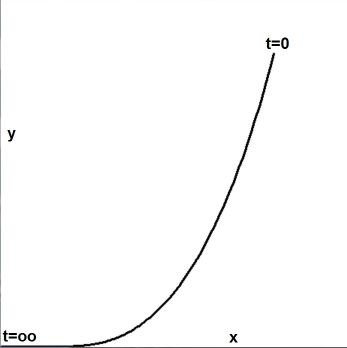
procedure Schetsen;
const
deel : integer = 10;
veel : integer = 10000;
var
k,i,j : integer;
t,x,y,a,b : double;
begin
xmin := 0; xmax := 1;
ymin := 0; ymax := 0.25;
TV(Form1.Image1);
ClearDevice;
Form1.Image1.Canvas.Pen.Width := 3;
for k := 0 to veel do
begin
t := k/deel;
a := 1/2; b := sqrt(1/12);
if t > 0 then
a := 1/t-1/(exp(t)-1);
if t > 0 then
b := sqrt(1/sqr(t)-exp(t)/sqr(exp(t)-1));
x := a + b; y := a - b;
i := x2i(x); j := y2j(y);
if k = 0
then Form1.Image1.Canvas.MoveTo(i,j)
else Form1.Image1.Canvas.LineTo(i,j);
end;
end;
The above program snippet is the core of some modest graphics machinery, resulting in:

So yes, it seems that we have a function $\;g(x)\;$ as supposed by the OP.
But how about its explicit form?